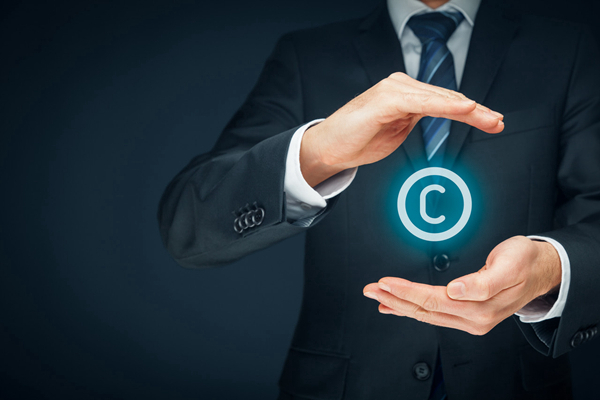AI Copyright Dilemma: Conflicting Rulings on Fair Use
Conflicting Court Rulings Expose Copyright Law's AI Challenge
The U.S. legal system delivered whiplash-inducing rulings last week as two federal judges reached contradictory conclusions about whether artificial intelligence training violates copyright law. Within 48 hours, separate cases involving Anthropic and Meta produced divergent interpretations of "fair use" doctrine, exposing fundamental tensions between emerging technologies and existing intellectual property frameworks.
The Anthropic Decision: AI as Transformative Learner
Judge William Alsup of the Northern District of California ruled first in the Anthropic case, determining that the company's AI training constituted transformative use under copyright law. In his July 7 decision, Alsup drew direct parallels between machine learning and human cognition:
"The process by which AI models analyze and synthesize creative works mirrors how students or researchers might study copyrighted materials," the judge wrote. "This transformative character places such usage firmly within fair use protections."

Meta Ruling: A Machine Is Not a Mind
Just two days later, Judge Vincent Chhabria issued a starkly different opinion in the parallel Meta case. While reaching the same ultimate conclusion that AI training qualifies as fair use, Chhabria rejected any equivalence between artificial and human intelligence:
"To suggest that algorithms 'learn' in the same manner as biological minds constitutes a dangerous anthropomorphic fallacy," the ruling stated. "Copyright analysis must account for the fundamental mechanical nature of machine learning processes."
Common Ground and Unanswered Questions
Both decisions agreed on two key points:
- The copyrighted works used for training contained significant creative expression (not just functional elements)
- Current market impacts from AI training don't clearly warrant copyright protection
However, legal experts note troubling simplifications in both rulings regarding potential market harm. Neither judgment deeply examined how generative AI might displace original content markets long-term.
"The courts treated this like a straightforward textbook case," said Stanford Law professor Michelle Wu. "But we're dealing with technology that could fundamentally reshape creative industries within years."
Narrow Precedents Leave Future Uncertain
The opinions contained explicit limitations—both judges emphasized their rulings applied only to specific circumstances presented in these cases. This leaves ample room for future challenges as:
- New evidence emerges about AI's economic impacts
- Training methods evolve beyond current techniques
- Courts consider different types of copyrighted material
The rulings provide temporary shelter for AI developers but guarantee continued legal turbulence. As NYU legal scholar Jason Schultz observed: "We're watching copyright law evolve in real-time through a series of imperfect stress tests."
Key Points:
- Contradictory logic: Courts agreed on fair use but split over whether AI learns like humans
- Market impact blind spot: Neither ruling seriously grappled with long-term economic consequences
- Limited precedents: Explicit caveats mean future cases could produce different outcomes
- Regulatory gap: Current copyright framework struggles to address generative AI's unique characteristics